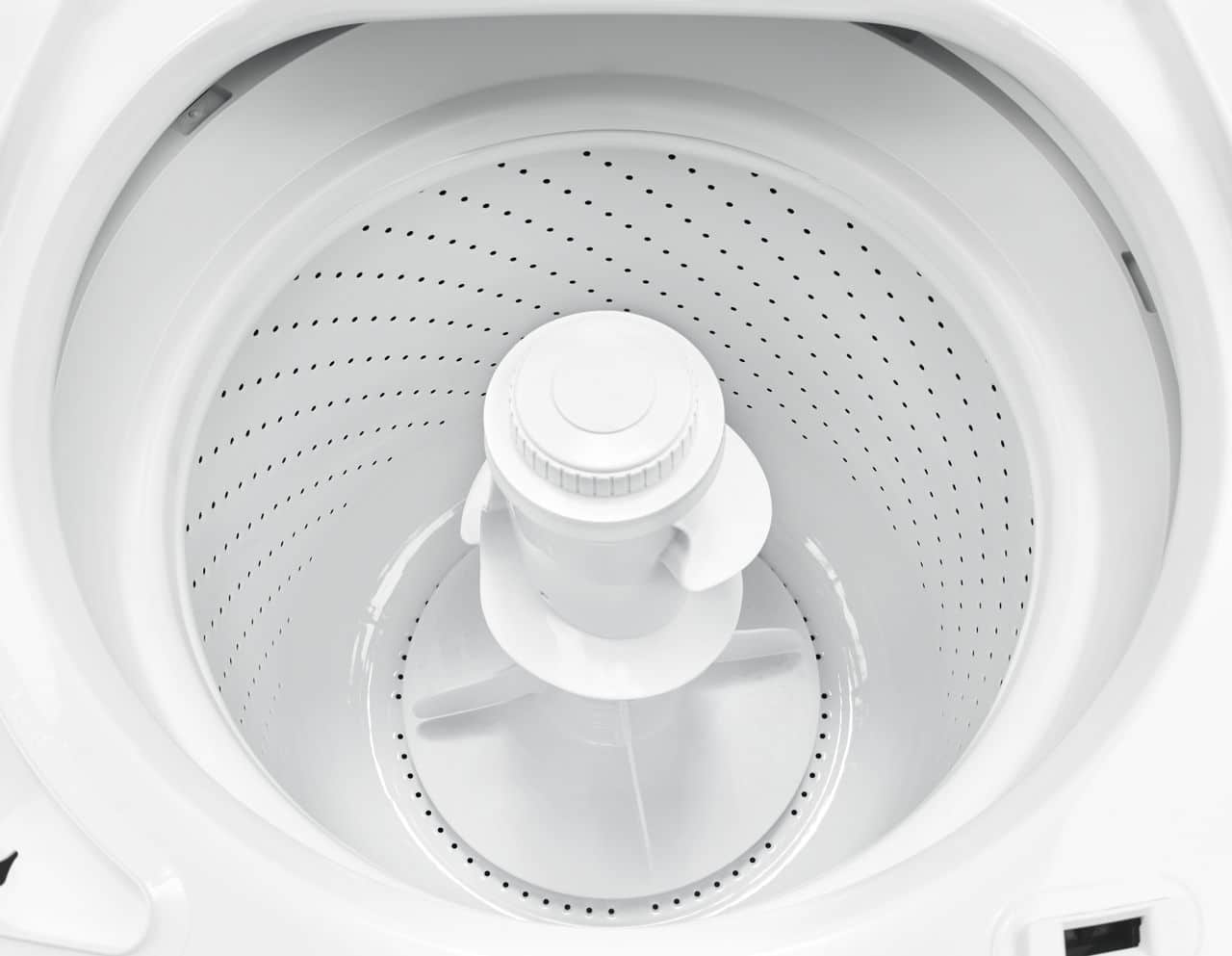How We Diagnose and Fix Washer Spin Cycle Issues
Imagine loading your washer with a week’s worth of clothes, only to find them still wet at the end of the cycle because the spin cycle was ineffective. Frustrating, right? A malfunctioning spin cycle can disrupt your laundry routine, leaving clothes damp and extending drying times. At Constant Appliance Service, we understand the importance of a properly functioning spin cycle. This guide will help you diagnose common spin cycle problems and provide solutions to get your washer back to optimal performance.
Description of Symptoms
The spin cycle is a critical function of your washer, and its malfunction is easily noticeable. Here are some common symptoms that indicate spin cycle issues:
- Failure to Spin: The washer does not spin at all.
- Slow Spinning: The washer spins but at a slower rate than usual.
- Unusual Noises: The washer makes grinding, banging, or squeaking noises during the spin cycle.
- Wet Clothes: Clothes are wetter than normal after the spin cycle.
Impact
These symptoms can lead to several problems:
- Extended Drying Time: Clothes take longer to dry, whether air-drying or using a dryer.
- Increased Energy Costs: Longer drying times result in higher energy consumption.
- Detergent Residue: Improperly spun clothes may retain detergent, causing skin irritation or fabric damage.
Diagnostic Steps
Check Power Supply
Before diving into complex diagnostics, start with the basics:
- Ensure the Washer is Plugged In: Sometimes, a loose plug or faulty socket is the issue. Test the outlet with another appliance to confirm it is supplying power.
- Verify Circuit Breakers: Check your home’s electrical panel for tripped breakers and reset if necessary.
Inspect the Lid Switch
The lid switch prevents the washer from spinning when the lid is open. A defective lid switch will stop the spin cycle from starting.
- Role of the Lid Switch: It signals the washer to start spinning once the lid is securely closed.
- How to Check: Listen for a click when closing the lid. If there is no click or the washer doesn’t spin, the lid switch may need replacement.
Examine the Drive Belt
A broken or loose drive belt can cause the washer not to spin properly.
- Role of the Drive Belt: It connects the motor to the drum, enabling it to rotate.
- How to Inspect: Turn off the washer, lean it backward, and check the belt for damage or misalignment. Replace or re-tighten the belt if necessary.
Look for Obstructions
Objects blocking the drum or pump can stall the spinning process.
- Potential Obstructions: Items like socks can get trapped between the drum and the washer wall.
- How to Identify and Remove: Feel the bottom of the drum and the pump filter for obstructions. Remove any foreign objects carefully.
Check the Motor
The motor controls the spin cycle. If it is damaged, the cycle won’t function.
- Role of the Motor: It drives the drum to spin at high speeds.
- How to Test: If the washer hums but doesn’t spin, the motor might be the issue. Use a multimeter to check for electrical continuity.
Assess the Control Board
The control board manages all washer functions, including the spin cycle.
- Signs of a Faulty Control Board: The washer does not respond properly, or cycles are interrupted.
- How to Replace: This process is complex and may require professional help.
Fixing Spin Cycle Issues
Replacing the Lid Switch
- Tools Needed: Screwdriver, multimeter, new lid switch.
- Steps:
- Unplug the washer.
- Locate the lid switch under the top panel.
- Remove and replace the switch.
- Test the spin cycle.
Replacing or Tightening the Drive Belt
- Tools Needed: Screwdriver, wrench, new drive belt.
- Steps:
- Unplug the washer.
- Remove the back panel to access the drive belt.
- Release tension on the motor mount to replace or tighten the belt.
- Reassemble and test the spin cycle.
Removing Obstructions
- Steps:
- Disconnect power to the washer.
- Check the drum and pump filter for obstructions using a flashlight.
- Carefully remove any foreign objects.
Repairing or Replacing the Motor
- Steps:
- Unplug the washer.
- Remove the back panel to locate the motor.
- Diagnose and repair or replace the motor as needed.
- Reassemble and test the spin cycle.
Fixing the Control Board
- Steps:
- Unplug the washer.
- Locate and open the control board at the back of the control panel.
- Replace the faulty control board.
Preventative Maintenance Tips
Regular Inspection
Conduct frequent checks to catch minor issues before they become major problems. Inspect the drive belt, lid switch, and motor regularly.
Proper Loading
Avoid overloading the washer to prevent strain on the motor and drive belt. Distribute clothes evenly in the drum.
Scheduled Maintenance
Professional maintenance checks every one to two years can extend the lifespan of your washer.
Conclusion
Understanding how to diagnose and fix common spin cycle problems can save you time and money. By following these steps, you can address issues like power supply problems, faulty lid switches, drive belt issues, obstructions, motor problems, and control board failures. Regular maintenance and proper loading practices will keep your washer running smoothly. If you encounter complex issues, don’t hesitate to contact Constant Appliance Service for professional assistance.



